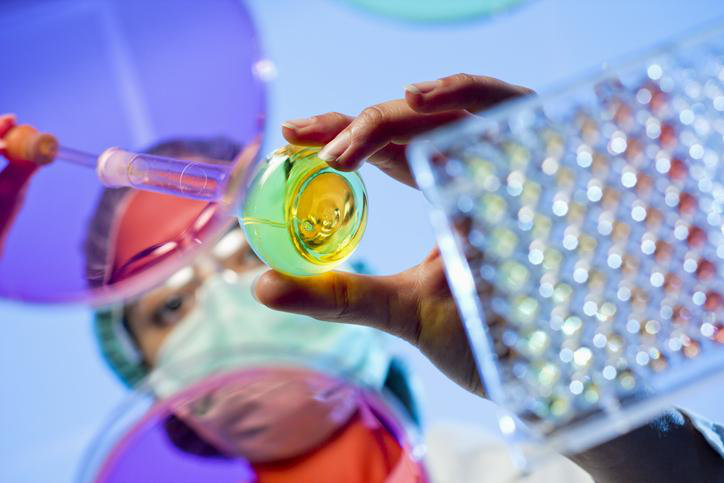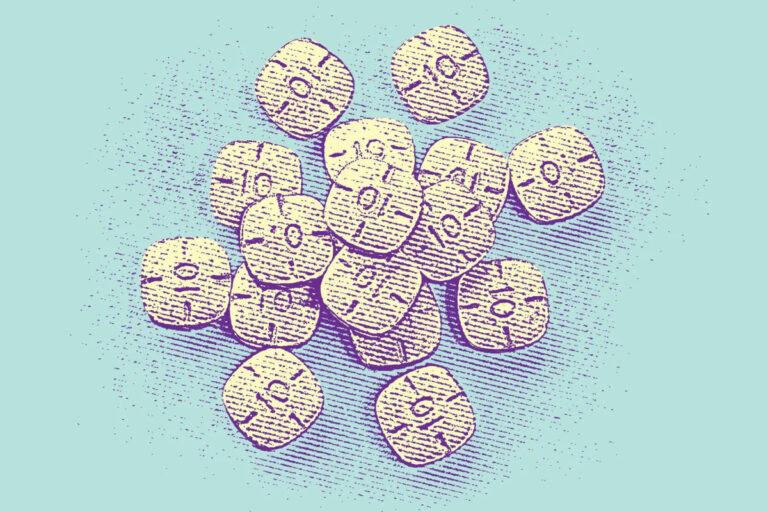The Biochemical Impact of Modafinil on the Brain
Modafinil is widely recognized as a wakefulness-promoting agent approved for narcolepsy, obstructive sleep apnea, and shift work sleep disorder. Beyond its clinical uses, it has gained attention for its off-label role as a cognitive enhancer. Understanding its biochemical actions is crucial to evaluate both its therapeutic potential and its ethical considerations.
Modafinil’s Mechanism of Action
Dopamine Transporter Inhibition
The primary and best-characterized mechanism of modafinil is its inhibition of the dopamine transporter (DAT), leading to increased extracellular dopamine in the striatum and nucleus accumbens. Human PET studies confirm DAT occupancy and elevated dopamine release (Hersey & Tanda, 2024). This mechanism is shared with addictive stimulants, but modafinil differs in its relatively low affinity for DAT and its lower propensity for abuse (Gerrard & Malcolm, 2007).
Other Neurotransmitter Systems
Modafinil’s influence extends beyond dopamine. Research shows it indirectly increases norepinephrine in the prefrontal cortex and hypothalamus, alters serotonin levels in the amygdala and cortex, reduces GABA in the basal ganglia, and elevates glutamate in wake-related brain regions (Hersey & Tanda, 2024; Gerrard & Malcolm, 2007). Additionally, it activates orexin/hypocretin neurons and enhances histamine release, both critical for sustaining wakefulness (Sousa & Dinis-Oliveira, 2020; Greenblatt & Adams, 2025).
Neuroprotective and Antioxidative Properties
Animal studies suggest modafinil may reduce oxidative stress and protect against cellular damage. These antioxidative effects may contribute to both its alertness-promoting and potential therapeutic actions in neurological disorders (Gerrard & Malcolm, 2007). However, while preclinical findings are promising, there is currently no conclusive evidence in humans supporting neuroprotection (Sousa & Dinis-Oliveira, 2020).
Pharmacokinetics and Metabolism
Modafinil is well absorbed orally, with 40–65% bioavailability and peak plasma concentrations reached within 2–4 hours. It is metabolized primarily in the liver through CYP3A4/5 into inactive metabolites (modafinil acid and sulfone), with a half-life of 12–15 hours, mainly reflecting the R-enantiomer (Sousa & Dinis-Oliveira, 2020). Armodafinil, the R-enantiomer, produces longer-lasting plasma levels compared to racemic modafinil (Hersey & Tanda, 2024).
Safety and Ethical Considerations
Safety Profile
Common side effects include headache, insomnia, anxiety, and gastrointestinal upset. Rare but serious risks include Stevens–Johnson Syndrome, toxic epidermal necrolysis, and multi-organ hypersensitivity (FDA, 2015). Psychiatric reactions such as mania, psychosis, or aggression have been reported, particularly in predisposed individuals (Greenblatt & Adams, 2025). Cardiovascular monitoring is advised in patients with underlying heart conditions.
Drug interactions are significant: modafinil induces CYP3A4, reducing the effectiveness of hormonal contraceptives, and inhibits CYP2C19, increasing levels of drugs like diazepam or phenytoin (Sousa & Dinis-Oliveira, 2020; FDA, 2015).
Abuse Potential and Ethics
Modafinil is a Schedule IV controlled substance in the U.S., reflecting its lower, though not absent, abuse liability compared with amphetamines (FDA, 2015). Dependence cases are rare (Sousa & Dinis-Oliveira, 2020). Nevertheless, its off-label use by healthy individuals for productivity raises ethical debates about fairness, coercion in competitive environments, and long-term safety uncertainties (Hersey & Tanda, 2024).
Conclusion
Modafinil’s biochemical profile distinguishes it from traditional stimulants: it boosts dopamine while modulating multiple neurotransmitter systems, promotes wakefulness without severe rebound effects, and shows relatively low abuse potential. Yet ethical and safety concerns remain, especially among healthy users seeking cognitive enhancement. Continued research is essential to clarify long-term effects, refine therapeutic applications, and guide responsible use.
References
- U.S. Food and Drug Administration. (2015). PROVIGIL® (modafinil) tablets, for oral use, C-IV [prescribing information]. U.S. Department of Health and Human Services. Retrieved from https://www.accessdata.fda.gov/drugsatfda_docs/label/2015/020717s037s038lbl.pdf
- Greenblatt, K., & Adams, N. (2025). Modafinil. In StatPearls [Internet]. Treasure Island (FL): StatPearls Publishing. https://www.ncbi.nlm.nih.gov/books/NBK531476/
- Hersey, M., & Tanda, G. (2024). Modafinil, an atypical CNS stimulant? Advances in Pharmacology, 99, 287–326. https://doi.org/10.1016/bs.apha.2023.10.006
- Gerrard, P., & Malcolm, R. (2007). Mechanisms of modafinil: A review of current research. Neuropsychiatric Disease and Treatment, 3(3), 349–364. https://doi.org/10.2147/ndt.s1425
- Sousa, A., & Dinis-Oliveira, R. J. (2020). Pharmacokinetic and pharmacodynamic of the cognitive enhancer modafinil: Relevant clinical and forensic aspects. Substance Abuse, 41(2), 155–173. https://doi.org/10.1080/08897077.2019.1700584








